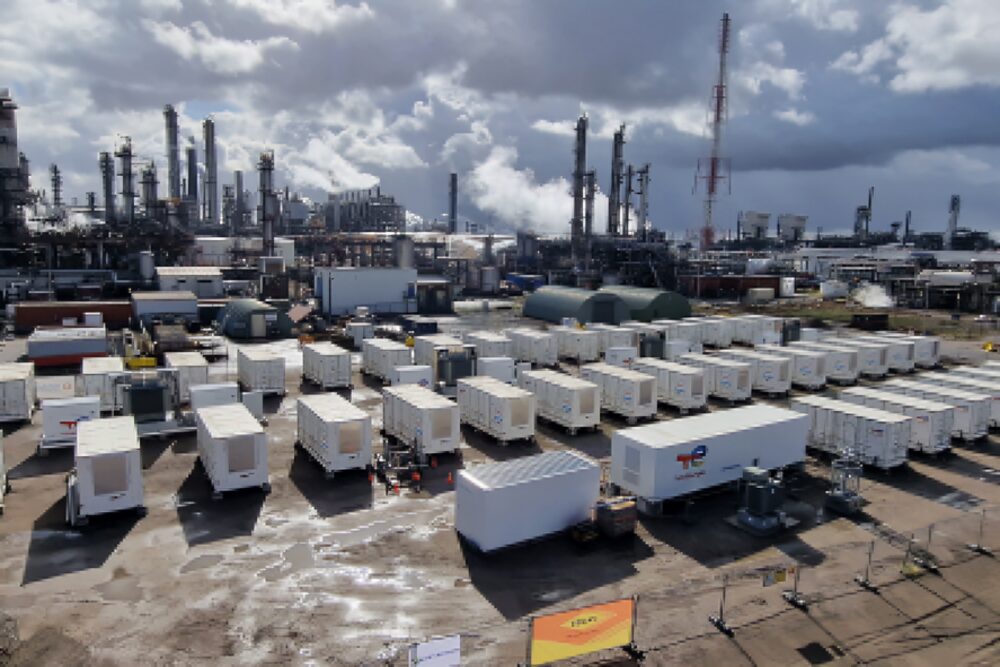
Australia’s future energy system requires a substantial increase in long duration renewable storage capacity. Adopting the right electricity market settings for the future is critical, according to the Australian Solar Thermal Energy Association (AUSTELA), in a new policy paper launched today.
AUSTELA Director Dr Keith Lovegrove said AEMO has indicated that 45 GW of dispatchable storage power generation capacity will be needed by 2050 to deliver around 620,000 MWh per year of electricity.
“But unless we start focusing on the amount of stored energy (MWh) rather than just the power level of delivery (MW) we risk missing out on the best solution.”
He continued: “To address the shortfall in capacity as coal retires at the lowest net cost to consumers, government and industry, it is critical that future renewable energy policy incentivises, and rewards energy storage projects based on MWh capacity, not simply MW.”
With that as the starting point, AUSTELA’s Electricity Market Policy Brief outlines four options to incentivise the building of long-duration storage in the NEM:
- Storage target: if energy policy shifts to a national Large-scale Renewable Energy Storage Target (LREST) or similar, the storage measure must be specified in MWh to effectively target the desired outcome. Consideration should be given to design details to ensure it is truly technology neutral.
- Tax Credits: the Federal Government could incentivise long-duration renewable energy storage with a program similar to the United States’ Inflation Reduction Act which gives a 30 per cent tax credit to projects deploying complying energy storage technologies. Such a tax credit would immediately lower the cost of Australian CSP to an economic level.
- Capacity Mechanism: the Federal Government could incentivise long-duration renewable energy storage projects through a payment based on MW capacity but subject to a firmness derating factor. The longer the duration for which a storage system can reliably supply utility-scale electricity to the grid, the higher should be its value.
- Offtake Contracts: Federal and State Governments could enter into offtake agreements with long-duration renewable energy storage projects. The term of such arrangements should be at least 25 years, delivering long-term certainty of dispatchable renewable energy supply at low cost.
AUSTELA represents concentrated solar thermal power (CSP) companies. CSP is a solar technology, but it captures and stores the sun’s rays as heat, allowing 12+ hours of storage and synchronous generation via a steam-driven turbine.
Dr Lovegrove said long-duration renewable storage required planning and policy to draw-in project owners and investors. Pumped-hydro and CSP were more expensive to build than wind and solar PV, but they had the ability to provide overnight dispatchable energy while producing zero emissions.
“In order to have the owners and financiers invest in 12+ hour renewable storage, you need incentives, policies and offtake certainty so the investors can see the revenues.
“The successful uptake of wind and solar PV generation in the National Energy Market is driving emissions out of our electricity sector. We are at a pivotal moment and if we don’t get the policies right now, we risk unintended consequences such as keeping gas in the grid for decades and making 2050 decarbonisation goals impossible,” said Dr Lovegrove.
“We need a ‘Solar at Night’ capacity – long-duration, dispatchable storage with no emissions – and the solar thermal industry is ready and waiting to meet Australia’s energy requirements.”











